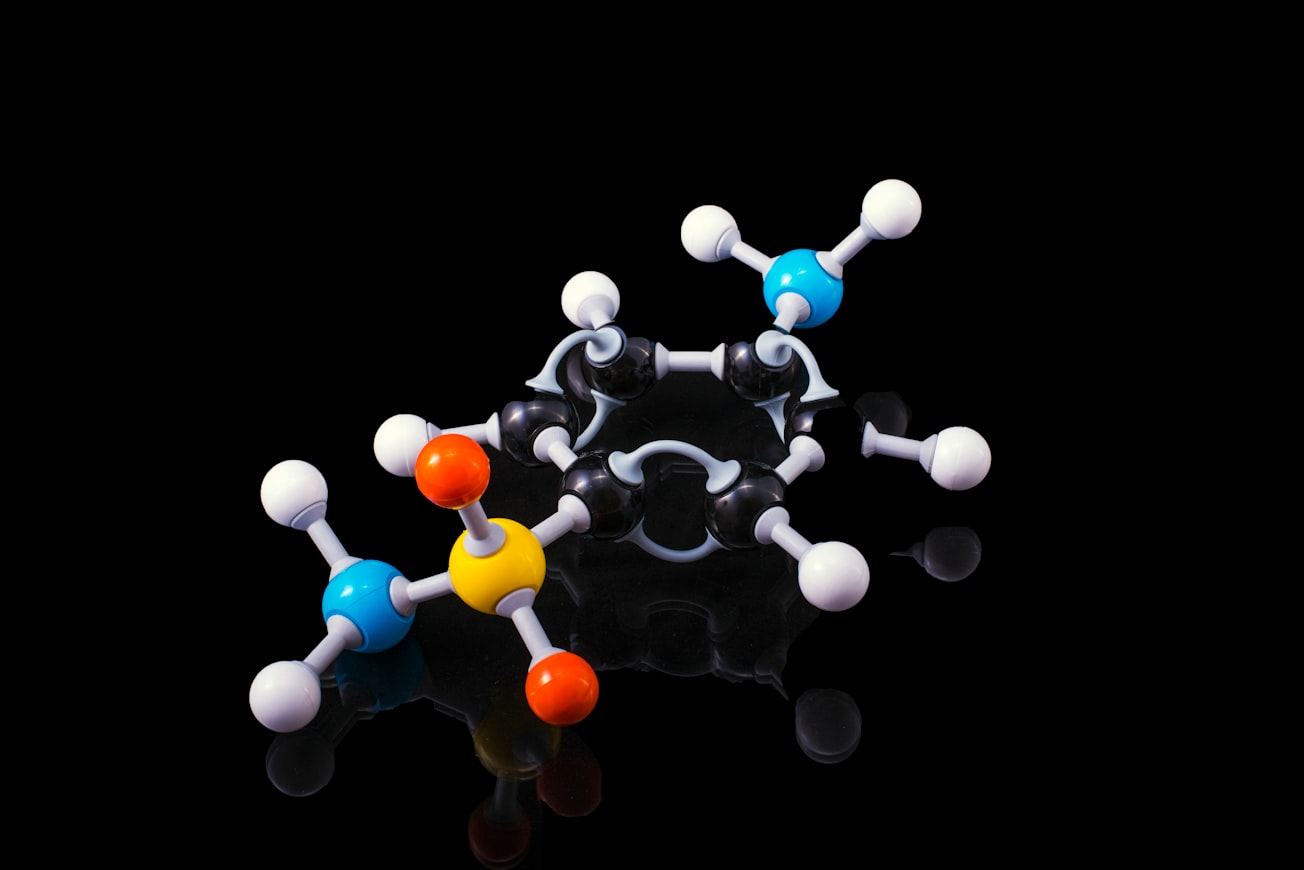What is it about?
In this work, we conducted an investigation into the electronic transport properties of four distinct devices formed by bipyridines (BPY) as the central region, linked to carbon nanowires (polyyne-type carbyne) electrodes. These four devices have two symmetrical (2,2′ and 4,4′ BPY) and two asymmetrical (2,4′ and 2,6′ BPY) configurations. We employed DFT-NEGF to calculate the molecular geometry and the electronic transport properties.
Featured Image

Photo by Terry Vlisidis on Unsplash
Why is it important?
Our analysis, using Fowler-Nordheim (F-N) and Millikan-Lauritsen (M-L) plots, reveals that electronic transport primarily occurs through direct tunneling without any inflection points, indicating the absence of nonlinear effects such as resonance or NDR. This demonstrates the importance of the study including an analysis of Transition Voltage Spectroscopy (TVS) which shows that the presence of nitrogen atoms in the electrode-molecule contacts, specifically in the cases 2,4′ and 4,4′ BPY, significantly alters the structural and electronic characteristics of the devices. This alteration leads to a strong coupling of the junction, improved structural and electronic properties. These findings are supported by the Device Density of States (DDOS) and Frontier Molecular Orbitals (FMOs).
Perspectives
Moreover, we observed that the electronic characteristics of all four devices remain consistent even under bias voltage (Ve).
Prof. Dr. Carlos Alberto Brito da Silva Jr.
Universidade Federal do Para
Read the Original
This page is a summary of: Coupling effects in bipyridines linked to carbon nanowires, Journal of Molecular Structure, March 2024, Elsevier,
DOI: 10.1016/j.molstruc.2023.137130.
You can read the full text:
Contributors
The following have contributed to this page










